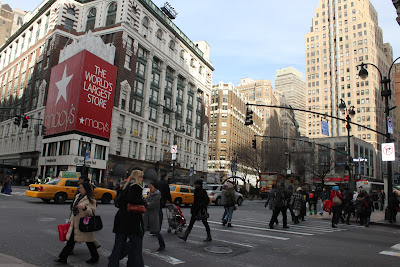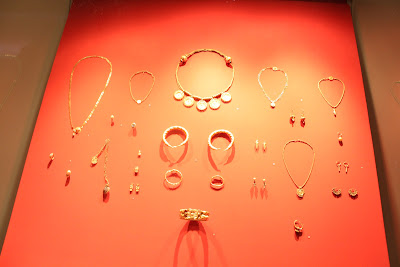The couple’s career fields are quite different and so they want their home to cater to their respective fields, especially Mr. Baxter, who works a few hours from home. In this light, a small work space is essential for their new home. An exclusive work area which is conducive for a home office must be carefully planned out. With his fondness for solid wood flooring, a warm hardwood floor would fit perfectly for his home office to give off a temperate yet masculine vibe. Also, hardwood floor provides a healthy living environment.
Mrs. Baxter’s inclination for the arts is another relevant consideration. Her very own artworks that fill their home is her personal touch. Mrs. Baxter’s collection, that ranges from ancient to contemporary genres, adds character to their home. Her art collection fuses fluidly with the spacious area of their living room, enveloped by the large windows and doors, which warmly welcomes the natural warm light from the exterior. This highlights and illuminates almost immaculately the wide array of masterpieces by her favorite artists in their den. The asymmetrical arrangement of the artworks set the tone for the walls. To update the look of the once-conventional house constructed decades ago, Mrs. Baxter decided to place several display shelves that showcase her top-of-the-line collectibles. The shelves boast of the most dynamic collaborations of canvass paintings, sculptures, and photos. To add to this modest semi-museum and to make the area more cozy and inviting, tailored petite chairs that match the display shelves provide the convenient seating for an assortment of contemporary and ergonomically designed vases and bowls.
The kitchen and dining room, which reflect the couple’s passion for cooking and dining, is considered the core of their home. Their delight in inviting over guests and having them over for what can be a simple meal to an extravagant dining experience, inspired the design of this particular space. A large island is strategically positioned and functions as the focal point of the expanse. It somehow serves as the traffic cop that divides the kitchen from the rest of the room. It also serves as a common area where invited family and friends can sit and enjoy each other’s company. To pull everything into a cohesive whole, old appliances were eliminated. Replacing them are the backsplash tiles and stainless steel appliances with sleek graphic flooring. An artichoke-like light fixture that brings a warm glow accentuates the structural beauty of this space.
With a daughter who is now a teenager, Mr. and Mrs. Baxter made it a point that their daughter had her own personal space that is a mirror of her personality. They specifically wanted a space where their daughter can move freely without restrictions and feel comfortable in doing so. Also, a methodical storage system is vital in maintaining a clutter-free environment for the daughter’s independent space.
Finally, to pull things together in cohesion and harmony, they decided to go with white paint to brighten the ceiling. It also provides a clear canvas for the redesigning of the home. They painted the accent wall a unique and serene shade of aqua blue, giving a calm and pleasant ambiance. As accent color, the house had metallic silver and cream silver for all other spaces.
The Baxter’s house is not simply a structure. The design was specifically personalized and tailor-made for the family’s needs, interests, inclinations, and dynamics. It reflects the characteristic of each of the family members as well as their nature as a whole. It is a haven for the Baxters, facilitating the warm interaction between the family, as well as their visitors. The productivity of each of the house’s areas and the aesthetic visual flow is truly one of a kind, an accurate and precise blueprint of the family’s lifestyle and personality.
























































